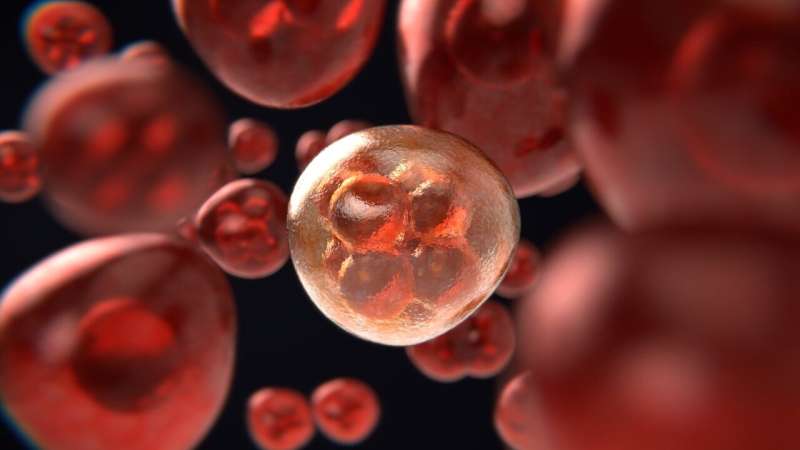Innovative Precision Oncology Platform Enhances Prediction of Chemotherapy Success in Esophageal Cancer

A novel precision oncology platform leveraging Organ Chip technology can accurately predict chemotherapy responses in esophageal adenocarcinoma, enabling personalized treatment for better patient outcomes.
Researchers from Harvard University and McGill University have developed a cutting-edge precision oncology platform that significantly improves the prediction of chemotherapy responses in patients with esophageal adenocarcinoma (EAC), a highly lethal form of esophageal cancer. This breakthrough utilizes advanced microfluidic Organ Chip technology to create patient-specific tumor models that incorporate the tumor microenvironment (TME), including stromal cells and immune components, which traditional organoid models lack.
Esophageal adenocarcinoma remains one of the most deadly cancers worldwide, with limited targeted therapies available. Standard treatment involves neoadjuvant chemotherapy (NACT) administered before surgery to shrink tumors. However, many patients either do not respond or develop resistance to these chemotherapies, leading to poor clinical outcomes and increased toxicity risks. Currently, clinicians continue with a trial-and-error approach, often administering chemotherapy without knowing its likely effectiveness.
The new approach involves deriving organoids from biopsied tumor cells of EAC patients and integrating them with stromal fibroblasts from the same tissue samples to build personalized Cancer Chips. These Chips replicate the tumor's microenvironment and are exposed to chemotherapy regimens similar to clinical treatment protocols. Remarkably, responses in these models align closely with actual patient responses, providing a rapid and reliable method to stratify patients within 12 days.
This technology not only enables better treatment planning by identifying likely responders and non-responders but also facilitates testing of alternative therapies for resistant tumors. The researchers demonstrated that their models reliably predicted patient outcomes post-surgery, offering a promising tool for personalized therapy and drug development. According to Dr. Donald Ingber, this platform could be implemented widely to optimize treatment and discover new therapeutic targets.
Furthermore, this research advances understanding of esophageal pathology, including Barrett’s esophagus—precancerous changes that may lead to EAC—by modeling the disease's early stages. The ability to simulate complex tissue interactions and drug responses in vitro marks a significant stride toward tailored, more effective cancer treatments.
The findings have been published in the Journal of Translational Medicine and pave the way for rapid, personalized treatment strategies that could improve survival rates and reduce unnecessary toxicity for esophageal cancer patients.
Stay Updated with Mia's Feed
Get the latest health & wellness insights delivered straight to your inbox.
Related Articles
Impact of Smoking and Biological Sex on Healthy Bladder Tissue and Cancer Risk
New research reveals how smoking and biological sex influence healthy bladder tissue evolution, uncovering early markers of bladder cancer risk and opening pathways for improved prevention and early detection.
New Study Shows Safe Water Optimization Tool Nearly Triples Effectiveness in Refugee Camps
A new study highlights how the Safe Water Optimization Tool, powered by machine learning, can nearly triple the effectiveness of providing safe drinking water in refugee camps, transforming humanitarian water sanitation efforts.
Standardizing Disposable Vape Devices Could Reduce Appeal Among Youth
Research indicates that standardizing the design of disposable vape devices can significantly reduce their appeal to young people, potentially curbing vaping initiation among youth. However, implications for smoking cessation efforts need careful consideration.



